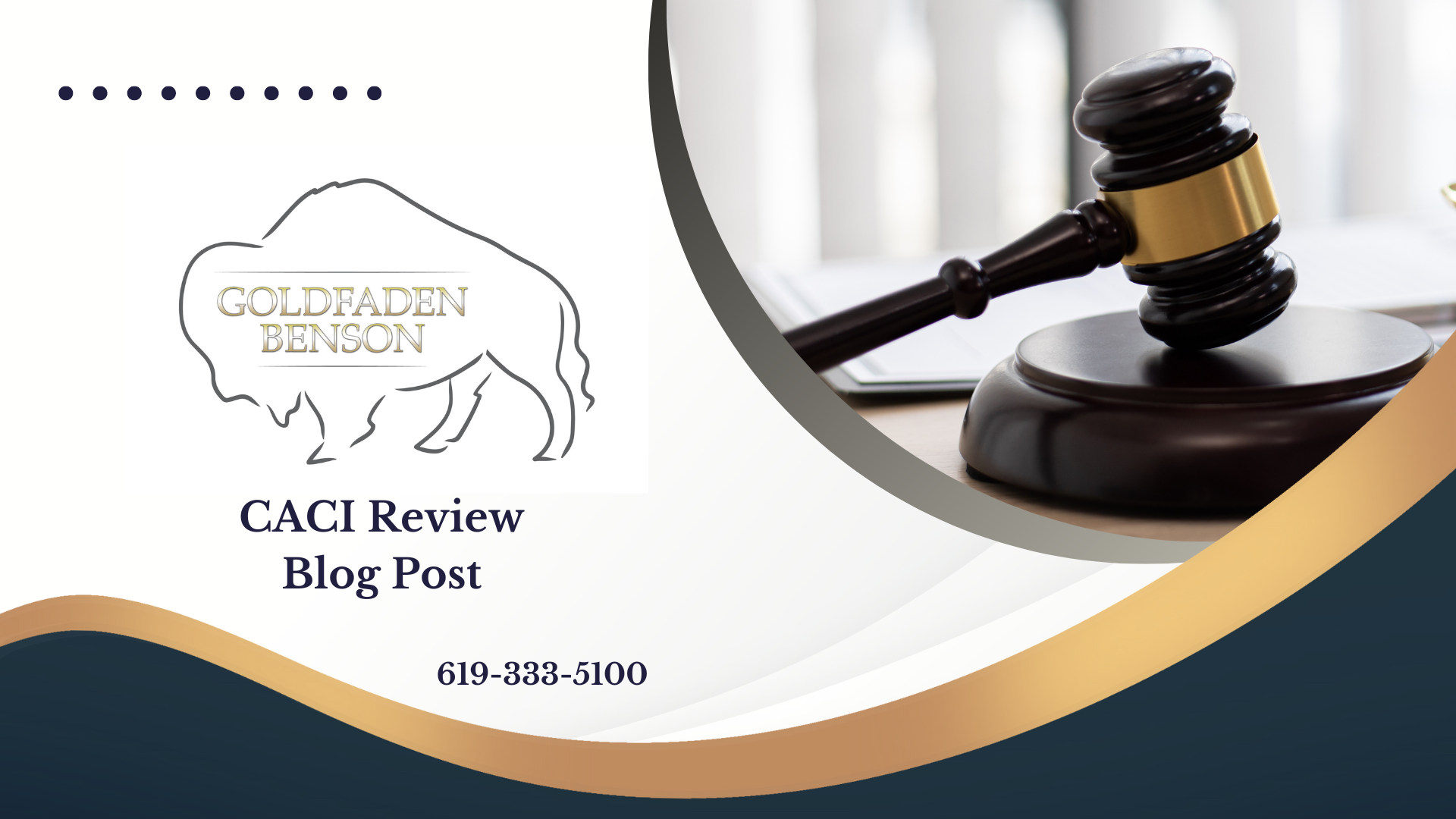Understanding Premises Liability in California
Premises liability is a critical area of personal injury law that involves a property owner's responsibility for injuries that occur on their property. For anyone who has ever slipped on a wet floor or tripped over an uneven sidewalk, understanding these legal principles can feel particularly relevant.
What is Premises Liability?
In essence, premises liability holds property owners accountable for accidents and injuries that result from unsafe conditions on their property. This duty applies to both residential and commercial properties. If a visitor is harmed due to negligence involving maintenance or safety precautions, the property owner may be legally responsible.
What Must Be Proven in a Premises Liability Case?
To establish a claim for premises liability, the plaintiff must typically prove four key elements:
1. **Property Ownership or Control**: The plaintiff must first demonstrate that the defendant owned, leased, occupied, or otherwise controlled the property where the injury occurred.
2. **Negligence in Maintenance**: The plaintiff must show that the property owner failed to exercise reasonable care in maintaining the property. This can include various factors, such as failing to repair a broken stair, leaving a spill unaddressed, or not warning of weather-related hazards.
3. **Harm to the Plaintiff**: The next requirement is that the plaintiff experienced actual harm or injury. This could be anything from physical pain and suffering to psychological distress or lost wages.
4. **Causation**: Finally, the plaintiff must prove that the property owner's negligence was a substantial factor in causing the harm. It's crucial to establish that the unsafe condition directly led to the incident in question.
How Does This Apply in Real Life?
Imagine walking through a shopping mall and slipping on a recently mopped floor. If there were no warning signs and the area was poorly managed, the mall owner could potentially be held liable for not ensuring the safety of its patrons. On the other hand, if the floor was visibly wet, and there were proper warning signs in place, it could be argued that the responsibility shifts to the injured party for not exercising caution.
Takeaway Insights
Property owners are expected to keep their premises safe for visitors. If you've encountered an injury due to neglected conditions, understanding how premises liability works is essential. Whether it's inadequate lighting in a parking lot or the absence of a handrail, if safety measures are ignored, it could lead to liability.
If you have questions about a specific situation or how premises liability may affect you, please reach out to us at Goldfaden Benson. Understanding your rights and the law isn't just important; it can make a difference in your recovery. You can learn more about our personal injury practice or contact us to discuss your concerns further.








